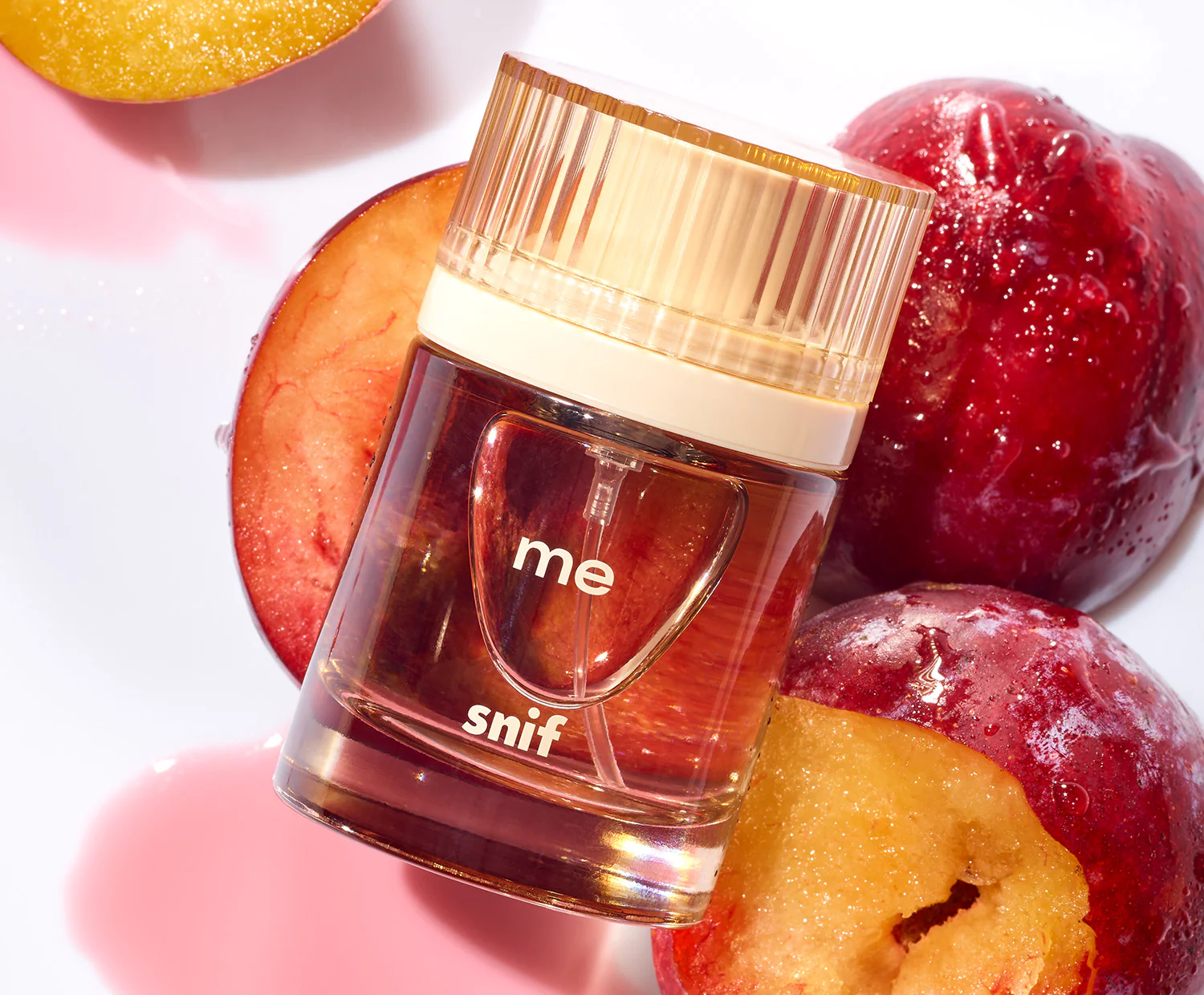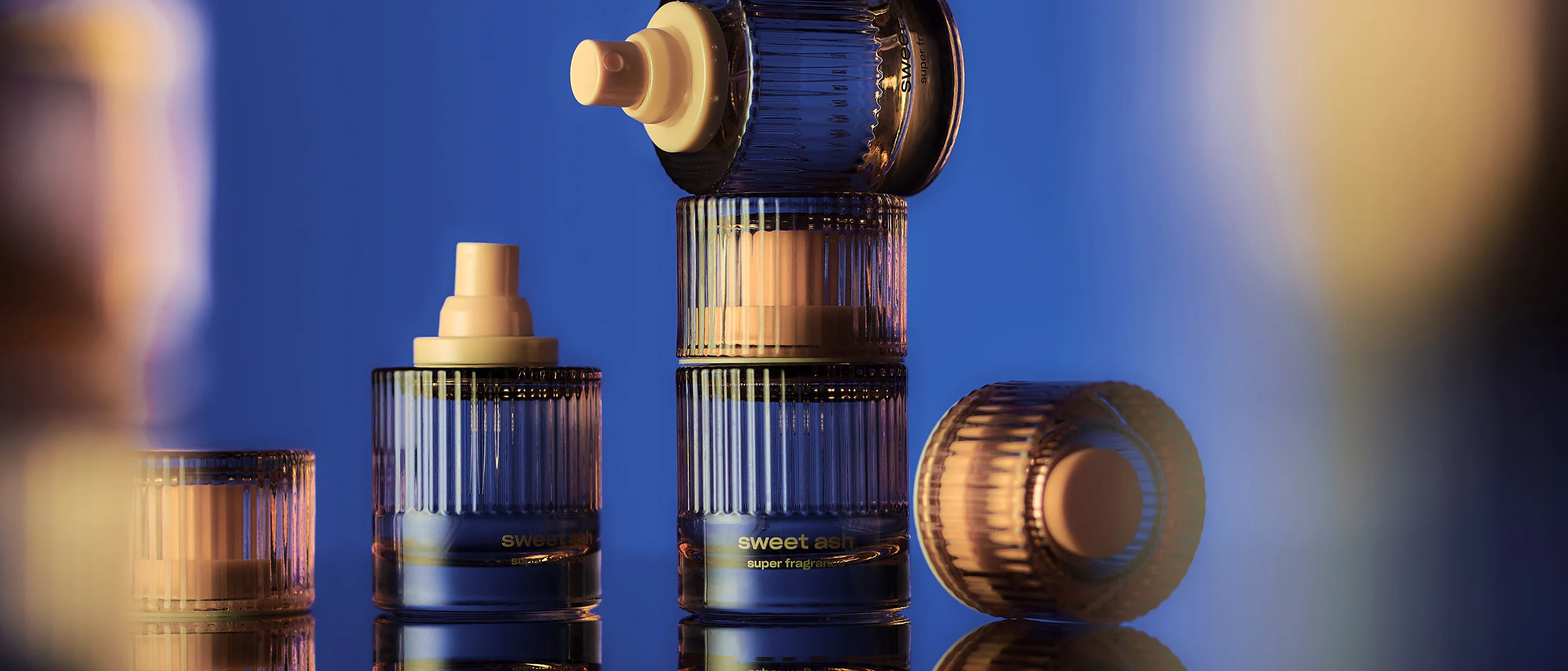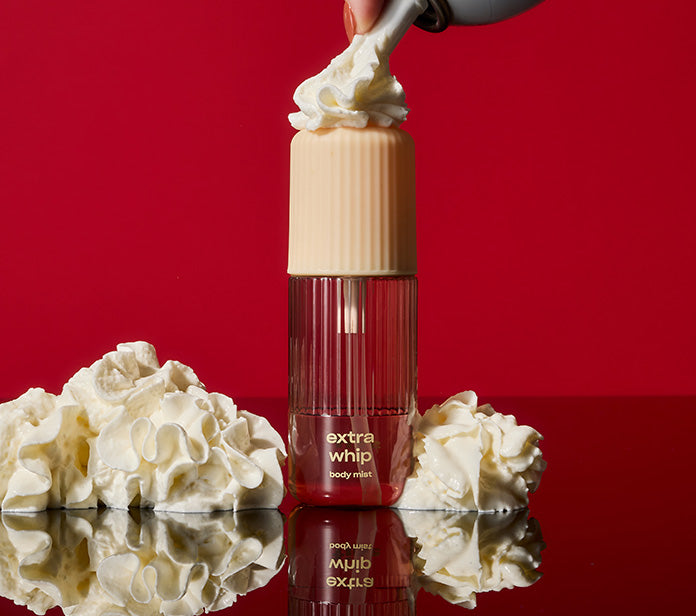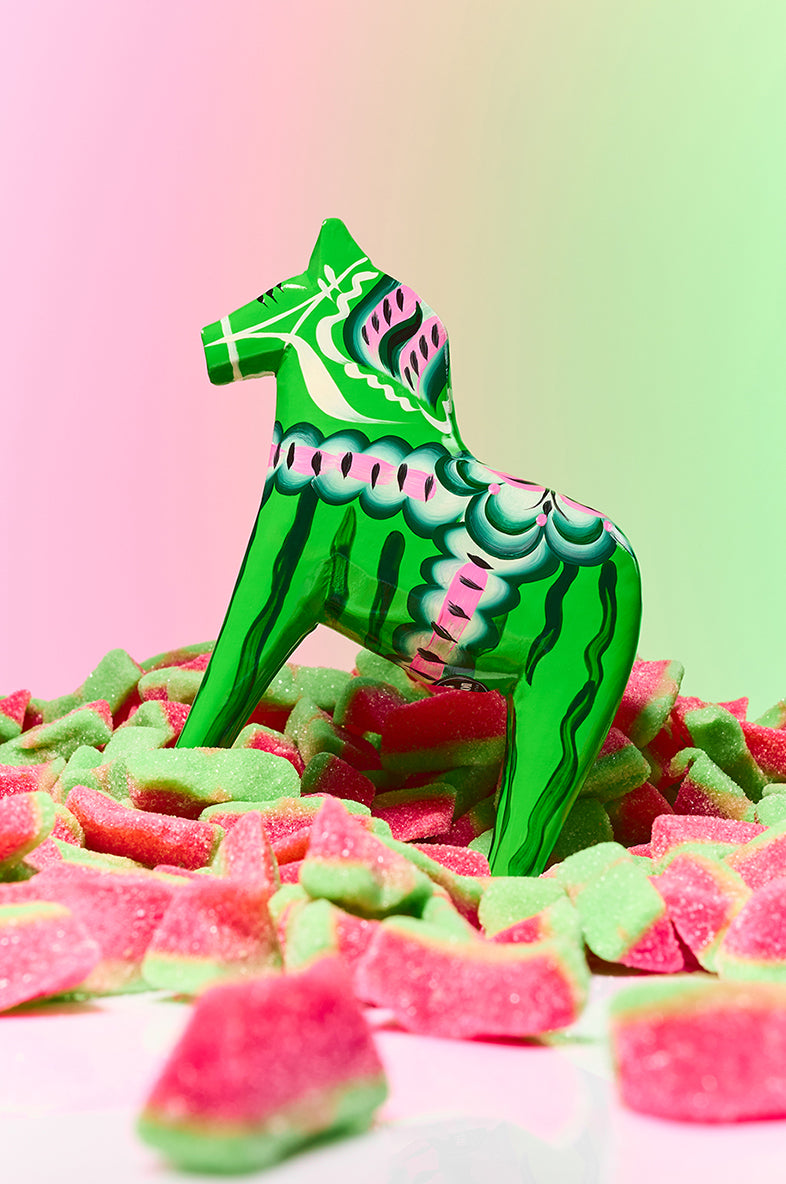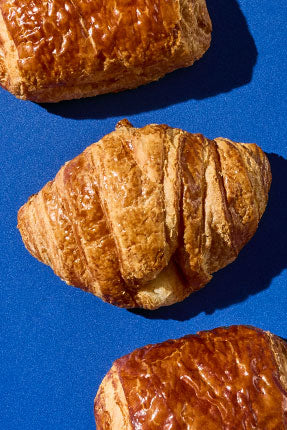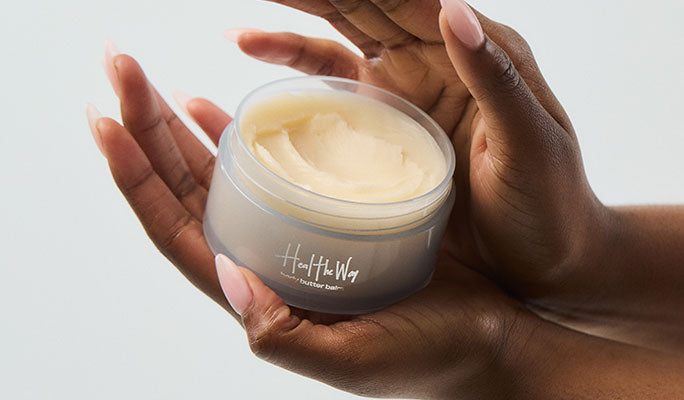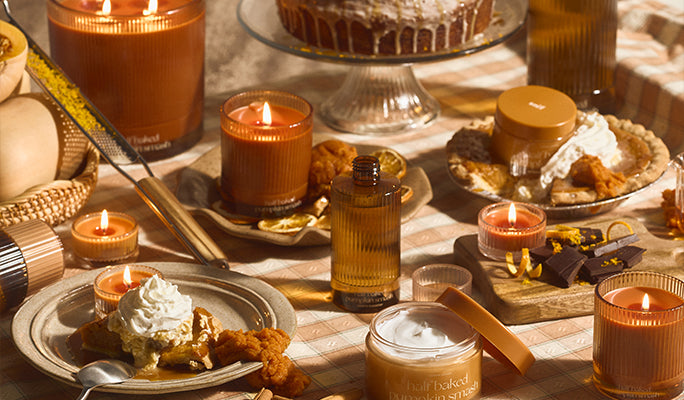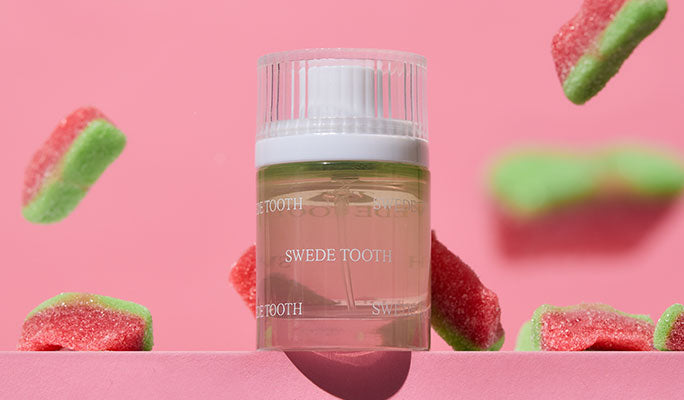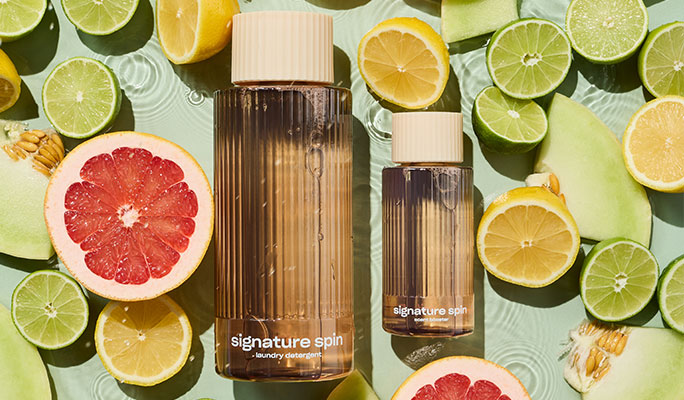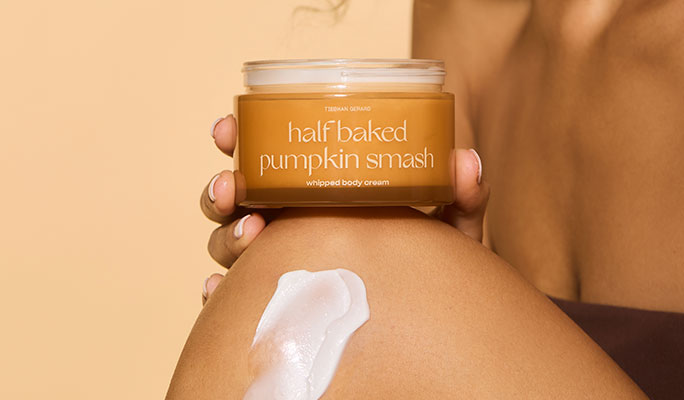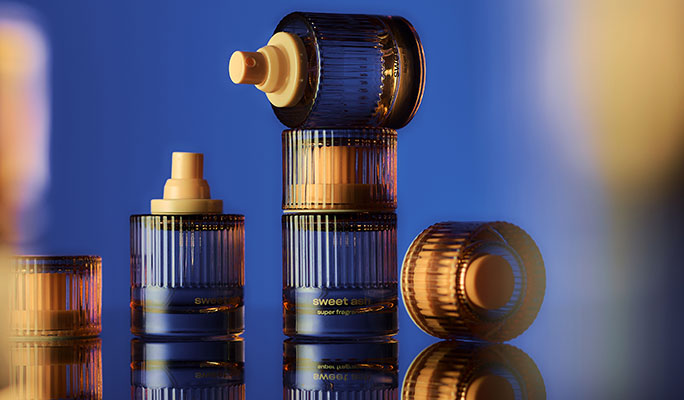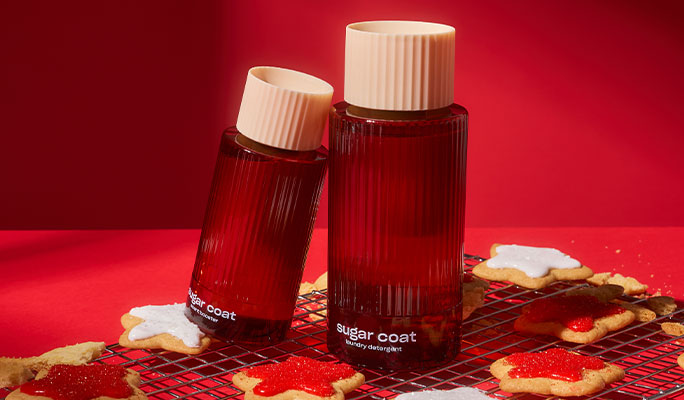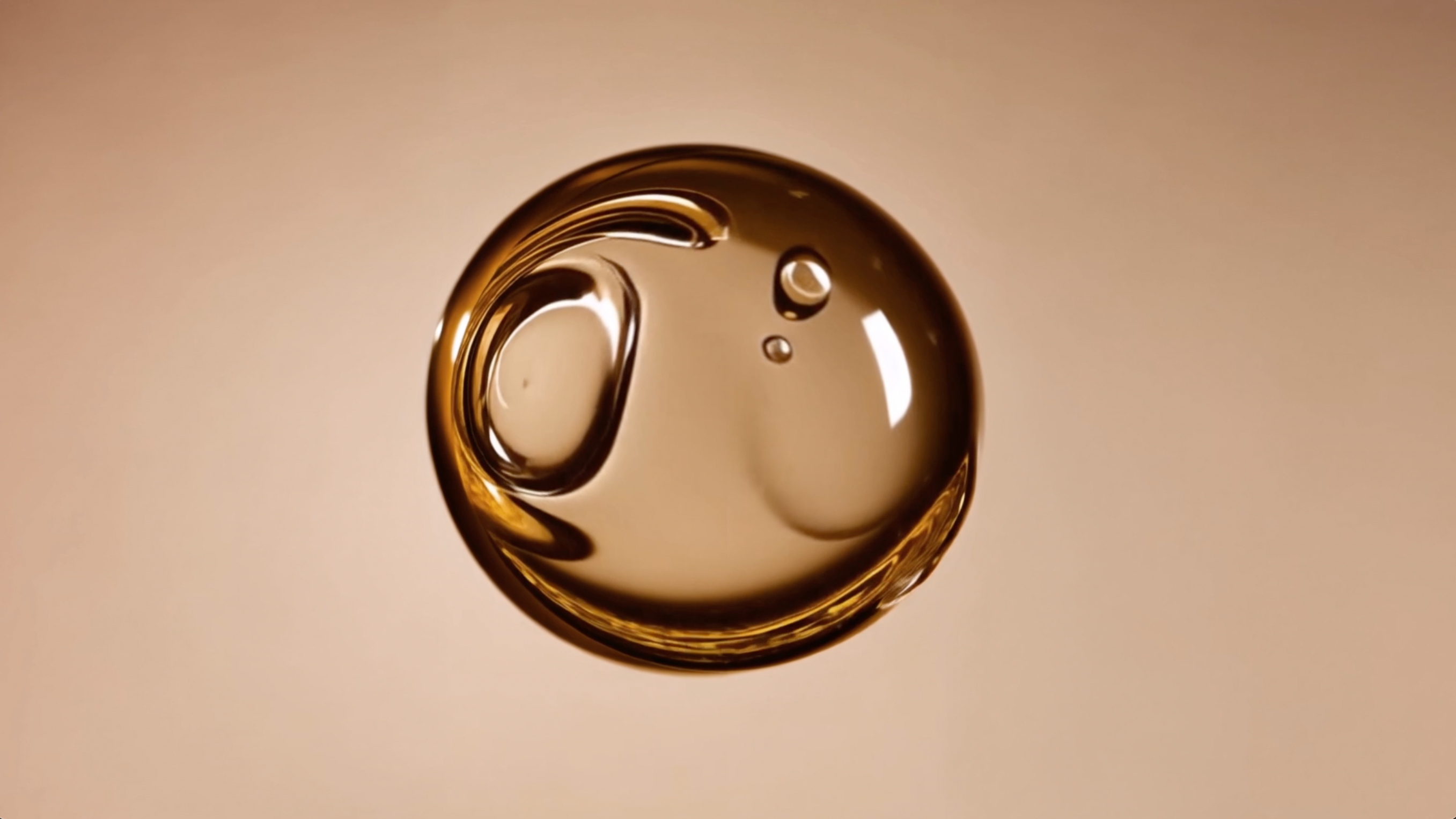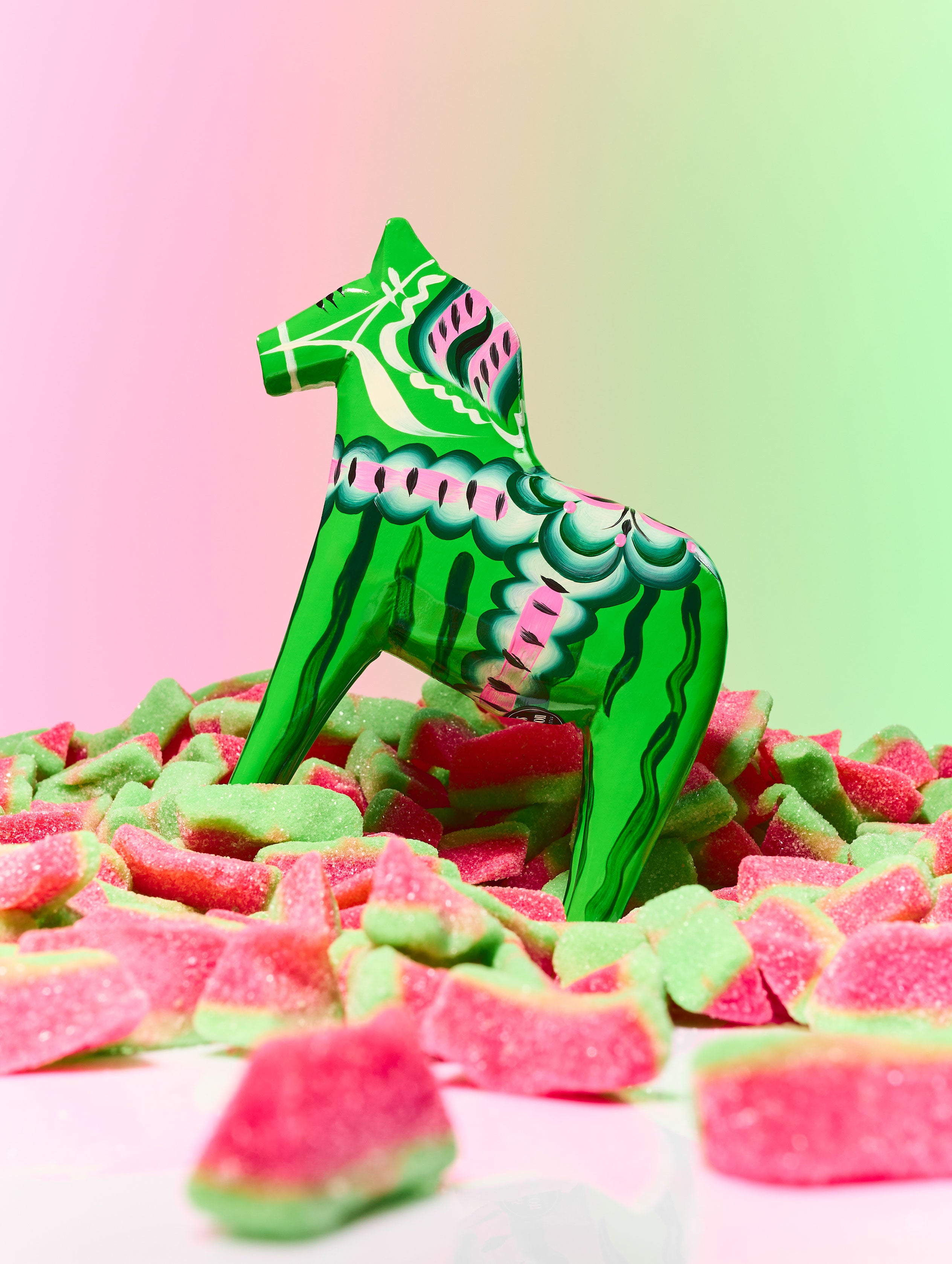As you search for the perfect scent to call your own, you’ll likely need to explore several floral fragrances to find your favorite. And the truth is that beyond the classics like rose and orange blossom, it can be difficult to separate one floral scent from another.
That’s why this guide is going to dive into the scent profile of geranium, a bright floral scent that’s been used in perfumery for a long time. From there, we’ll look at fragrances that pair well with geranium so that you can create your own signature scent just in time for spring.
What Is Geranium?
Before we break down the complex scent of geranium, we have to take a close look at where geranium essential oil comes from, and the history of its use in perfumery.
Plant
If you don’t have a clear image of what geraniums look like, it might be because there are hundreds of different species of geraniums. With colors ranging from reddish-orange to light pink and white, these flowering plants are known for having bi-colored or purple markings on their leaves.
Native to South Africa, the geranium plant requires relatively little care and can grow up to two or three feet high. Although there are tons of different types of geraniums, the one you’ll often find in fragrances is Pelargonium graveolens, also known by a simpler name, rose geranium.
The scent we associate with geranium comes from the leaves and stems — through a process called steam distillation, they are turned into oils. From there, those oils are mixed with the oils of other plants (like vetiver and bergamot) to make complex, delicious-smelling fragrances.
Fun fact: Along with its use in different fragrances, geranium is also used in cooking. More daring chefs might use geranium in salads, sauces, baked goods, and as a colorful garnish for a bowl of soup or stew. If you fall head over heels for the smell of geranium, you can also find it in teas and skincare products.
History
Although it’s hard to say exactly, historians believe geraniums were used by the ancient Egyptians for aromatherapy, medicinal, and cosmetic purposes. They were also beloved by the ancient Greeks and Romans.
In the Renaissance era, geraniums became wildly popular in Europe. This popularity grew to the point that they were nicknamed the “poor man’s rose” because they were just as beautiful as roses but less expensive.
What Does Geranium Smell Like?
To give you a good idea of what this floral fragrance smells like, in this section, we’ve broken its smell down into three main elements.
Floral
It might feel a little bit obvious, but it’s important to point out that geranium is notably a floral fragrance. Geranium smells similar to rose, but it’s slightly more aromatic. Geranium is also often compared to citronella because it leans a little bit citrusy as well.
Given that geranium is similar to the rose scent but slightly less sweet, you might hear it referred to as a “masculine” floral fragrance… but here at Snif, we believe that all fragrances are for all people.
Fresh
Another defining characteristic of geranium is its undeniable freshness. Given that geranium has a lemony twist, it is a bright and refreshing fragrance. Along with the slight lemon scent, geranium is also minty which only adds to the freshness. Like opening a window on a spring day, the combination of rose, lemon, and peppermint scents in geranium makes it crisp and invigorating.
Soapy
What stops the citrusy, bright scent of geranium from becoming overpowering is that it’s also a bit of a soapy fragrance. The soapy smell of geranium mellows it out and makes it the ideal addition to soaps, lotions, or fragrances with a “fresh” feeling.
What Scents Pair Well With Geranium?
As a certified geranium expert, you’re ready to start thinking about pairing this floral fragrance with other scents. To make use of the versatility of geranium, we’ve come up with a list of four distinct fragrances that can be paired with this fruity floral.
Cedarwood
Pair geranium with cedarwood for an irresistible earthy blend. Cedarwood is a slightly citrusy, woody scent that is less minty than pine and less musky than patchouli.
Cedarwood is mixed with geranium, vetiver, cardamom, nashi pear, black plum, and black tea in our Instant Karma candle. This warm and cozy candle is perfect for a cozy night in when you are trying to create a warm, inviting vibe at home. With a slightly spicy smell, this candle will make even the coldest nights tolerable.
Bergamot
Good news for lovers of Earl Grey tea — the citrusy smell of bergamot also pairs well with geranium.
You’ll see these two featured in Rain Check, our bergamot laundry booster that also features pink pepper, moss, orcanox, and vetiver. Next time you do your laundry, this scent booster will give your clothes a fresh, crisp scent that will keep them smelling clean longer after the wash-dry cycle.
Vetiver
Vetiver smells like a mix of the scent of fresh cut grass with something slightly dry and smoky. The warm, rich smell of vetiver perfectly balances the bright smell of geranium.
Cardamom
As seen in the Instant Karma candle, geranium also pairs well with the spicy, warm smell of cardamom.
When you smell cardamom, you’ll probably just think it’s aromatic and refreshing. However, its subtle undertones of lemon and mint make it pair well with geranium, a fragrance that more overtly features these smells.
A Hint of Spring
When it comes to understanding the smell of geranium, forget about floral notes, top notes, and base notes. All you need to know is that geranium will add a rose-like scent to any fragrance, but will be less sweet, more citrusy twist. Uplifting, powdery, and downright irresistible, try out geranium as your scent of choice this spring with Snif.
Sources:
Geranium Oil - History and Cultivation | Tisserand Institute

